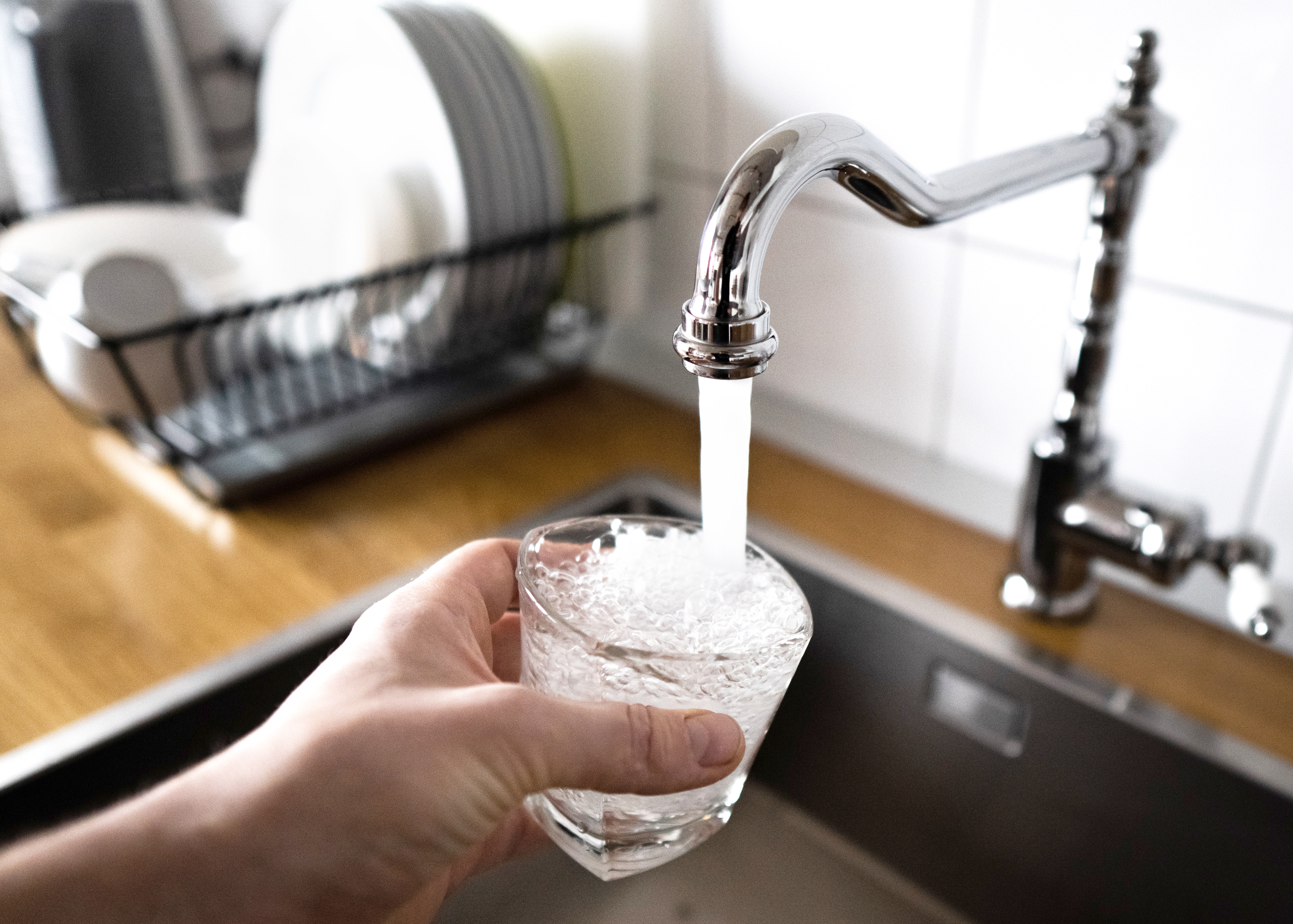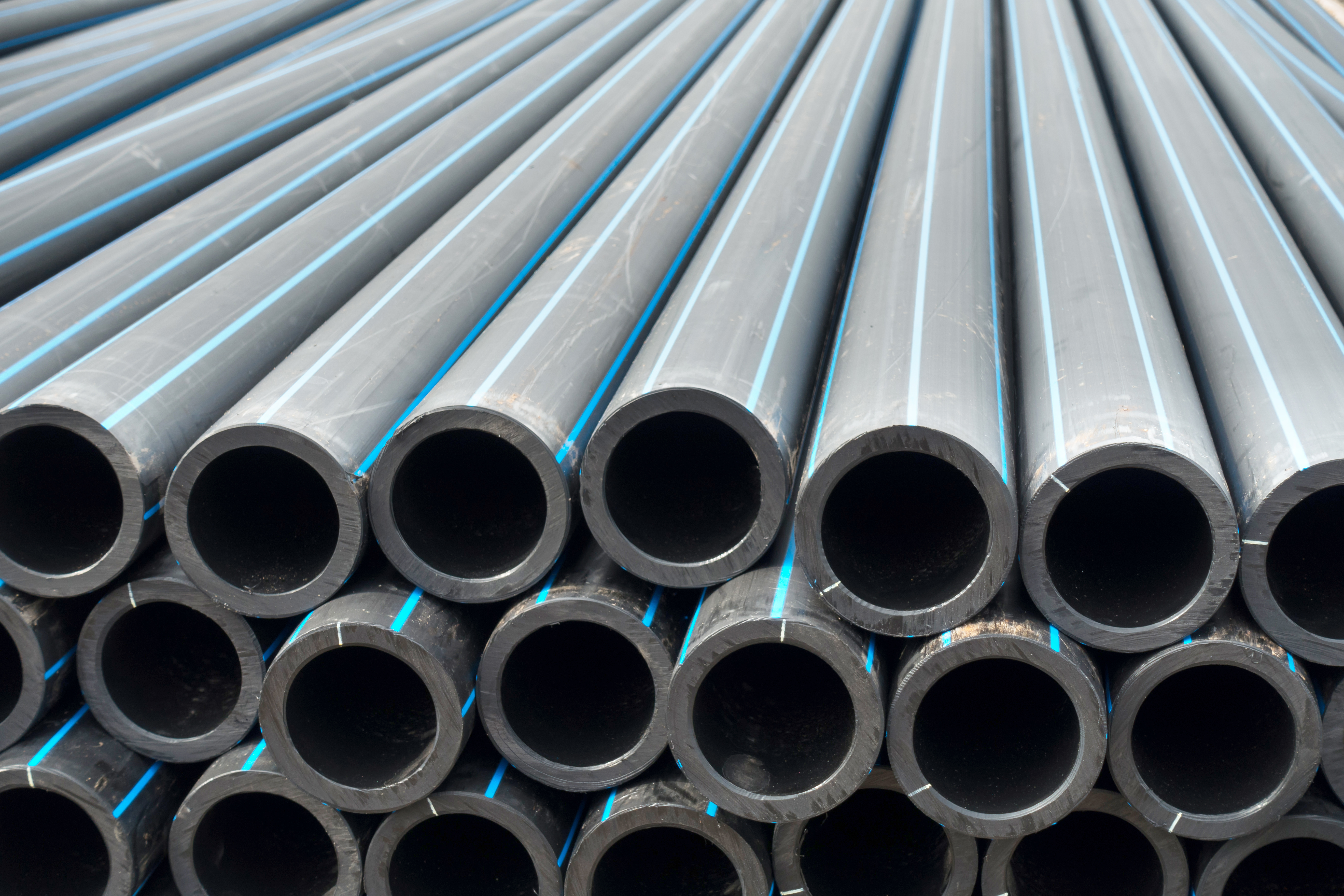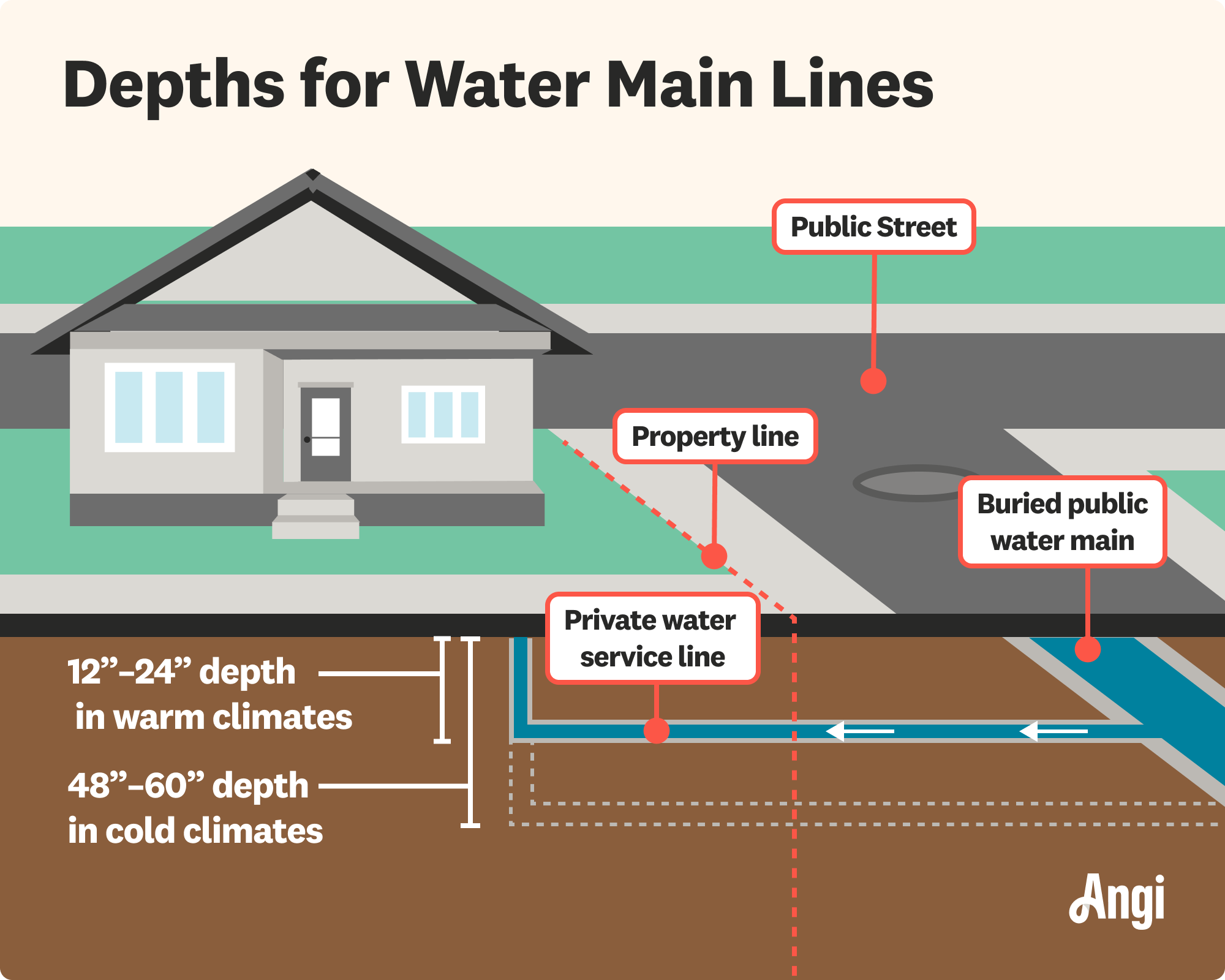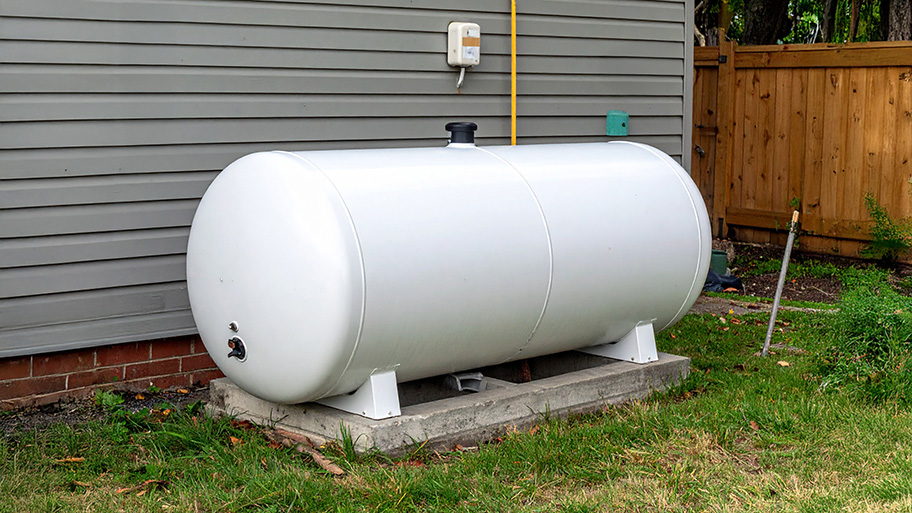
Learn about main water line repair costs in Columbus and what affects pricing to be prepared before you start getting estimates.
Main water line replacement in Austin costs about $753 on average, with most homeowners spending between $435 and $1,081. Factors such as pipe length, soil type, local permitting requirements, and the method of installation all influence your final price.


Austin’s clay soil and occasional limestone rock affect excavation and costs.
Permit fees and required inspections add to project expenses.
Trenchless replacement is a popular option for preserving landscaping.
Accessibility issues, such as large oak trees or driveways, can increase costs.
Copper and HDPE perform well in Austin’s climate.
Main water line replacement in Austin costs $753 on average, though most homeowners pay between $435 and $1,081 for this project. This average cost places it on the lower end of the national range, making it a relatively affordable city for this type of job. For comparison, the national average cost of main water line replacement falls around $1,700, depending on region, method, and materials used.
Several local factors will impact the total cost of replacing your main water line. While you’ll enjoy below-average rates and relatively few weather delays, Austin’s unique clay-heavy and rocky soils can complicate excavation, sometimes offsetting these cost advantages. Other key factors include the length and depth of your pipe, the type of materials used, accessibility issues, local permit requirements, and whether you choose trenchless or traditional replacement methods.
Austin homes vary widely in lot size and distance from the street. A typical main water line is buried 18 to 36 inches deep, depending on the soil type and local code requirements.
| Length of Pipe (in feet) | Estimated Cost Range |
|---|---|
| 30 | $435–$900 |
| 45 | $650–$1,200 |
| 60 | $850–$1,600 |

| Material | Cost per Foot | Pros | Cons |
|---|---|---|---|
| PEX | $0.50–$1.50 | Flexible, affordable, corrosion-resistant | Not always approved for underground use without additional protection |
| PVC | $0.75–$3 | Readily available, corrosion-resistant | Brittle in extreme temperatures, sensitive to soil shifts |
| Copper | $2.50–$5 | Long lifespan, highly durable | Expensive, labor-intensive to install |
| HDPE | $1.25–$4 | Ideal for trenchless, flexible, long lifespan | Requires special equipment for installation |
In Austin, the choice of material can significantly affect both cost and performance. Copper remains a top choice for long-term durability, especially in older homes with established systems, but it comes at a premium. HDPE is a popular option for trenchless installations and performs well in Austin’s shifting clay soils, offering flexibility and corrosion resistance.
PEX is an affordable and flexible alternative, but local codes may restrict its underground use in certain areas. PVC, while inexpensive and readily available, can become brittle in Austin’s high summer temperatures and may not be the best long-term solution. You should consult with your local plumber to select the material that best suits your property’s soil conditions, installation method, and budget.
Austin’s clay-heavy soil can retain moisture and expand, putting pressure on pipes. In some neighborhoods, the presence of limestone rock adds complexity to excavation, which may call for specialized equipment and extend labor time.
Large, mature oak trees, driveways, patios, or other hardscaping in the path of the water line can complicate replacement and raise costs. Properties in older central Austin areas may present more challenges than newer suburban developments.

The City of Austin requires permits for main water line replacement. Permit fees typically range from $75 to $200. This estimate is based on 2024 fee schedule data published by the City of Austin, which lists water yard line replacement permits starting at $64.87 with a 6% fee, with additional costs for inspections. Make sure to clarify with your Austin plumber which of you will handle permits and what the total costs will be.
Trenchless installation typically costs more upfront than traditional digging, but it can save money overall when factoring in potential landscaping or hardscape repairs. In Austin, this method is especially useful for older neighborhoods with mature oak trees, historic stonework, or narrow urban lots. Traditional digging remains an affordable and practical choice for homes with open front yards and fewer surface obstacles. Your choice of method should strike a balance between the upfront budget and site conditions, as well as the long-term value of preserving outdoor features.
Licensed plumbers in Austin cost between $45 and $200 per hour on average. This range covers licensed journeyman and master plumbers performing excavation, pipe installation, and pressure testing. Costs can rise during peak demand periods—such as the summer—when emergency service calls increase. Projects involving trenchless installation, rocky soil, or challenging access may also drive higher hourly rates, as these require more specialized skills and equipment.
While main water line replacement isn’t typically considered a value-adding upgrade, it does protect your home’s essential infrastructure. In Austin, an upgraded water line can improve water pressure, reduce monthly water bills if leaks were present, and prevent costly future damage—all of which can make your home more attractive to buyers.
Home is the most important place on earth, which is why Angi has helped more than 150 million homeowners transform their houses into homes they adore. To help homeowners with their next project, Angi provides readers with the most accurate cost data and upholds strict editorial standards. We survey real Angi customers about their project costs to develop the pricing data you see, so you can make the best decisions for you and your home. We pair this data with research from reputable sources, including the U.S. Bureau of Labor Statistics, academic journals, market studies, and interviews with industry experts—all to ensure our prices reflect real-world projects.
Want to help us improve our cost data? Send us a recent project quote to [email protected]. Quotes and personal information will not be shared publicly.
From average costs to expert advice, get all the answers you need to get your job done.

Learn about main water line repair costs in Columbus and what affects pricing to be prepared before you start getting estimates.

The average propane tank costs between $600 and $2,500, depending on the size, location, and more. Our expert guide explores all the factors.

Learn how much plumbers cost in Columbus, Ohio. Discover pricing for faucet repairs, pipe work, and emergency services, plus how you can save money.

Need to create a residential plumbing design layout but don’t know where to start? Learn essential plumbing components to create the perfect layout for your home.

If you're looking to hire a mobile home plumbing expert, these are the questions to ask, red flags to look for, and steps to take after the job is done.

Read how to properly vent your toilet, sink, and shower and learn the importance of effective plumbing ventilation to ensure a well-functioning and odor-free bathroom.